If you grew up during the 80s or 90s, you had multiple, now classic shows that explored “real” cases of the unexplained and the supernatural. Beyond Belief: Fact or Fiction, Unsolved Mysteries, Ripley’s Believe It or Not (the 1982 original), Arthur C. Clarke’s Mysterious World, Ocurrió Así (for those that watched Telemundo), among others. These shows worked on a simple yet enticing premise: reality as we know it is weirder than we think, and we should be asking equally weird questions to try and understand it.
For a long time, Rod Serling’s The Twilight Zone was the authority on all things strange and unusual, impressively so considering it was rooted in fiction. Its legacy is unquestionable. But before The Twilight Zone, nearly a year earlier to be exact, another show was already laying the foundations for the unexplained in a format not unlike the one Serling settled on for his sci-fi/horror anthology. The show’s name was One Step Beyond, created by Merwin Gerard and hosted by John Newland, and it is still one of the most unsettling TV shows of its kind. A lot is owed to the claim Newland made at the beginning of each episode: that it was all based on documented events.
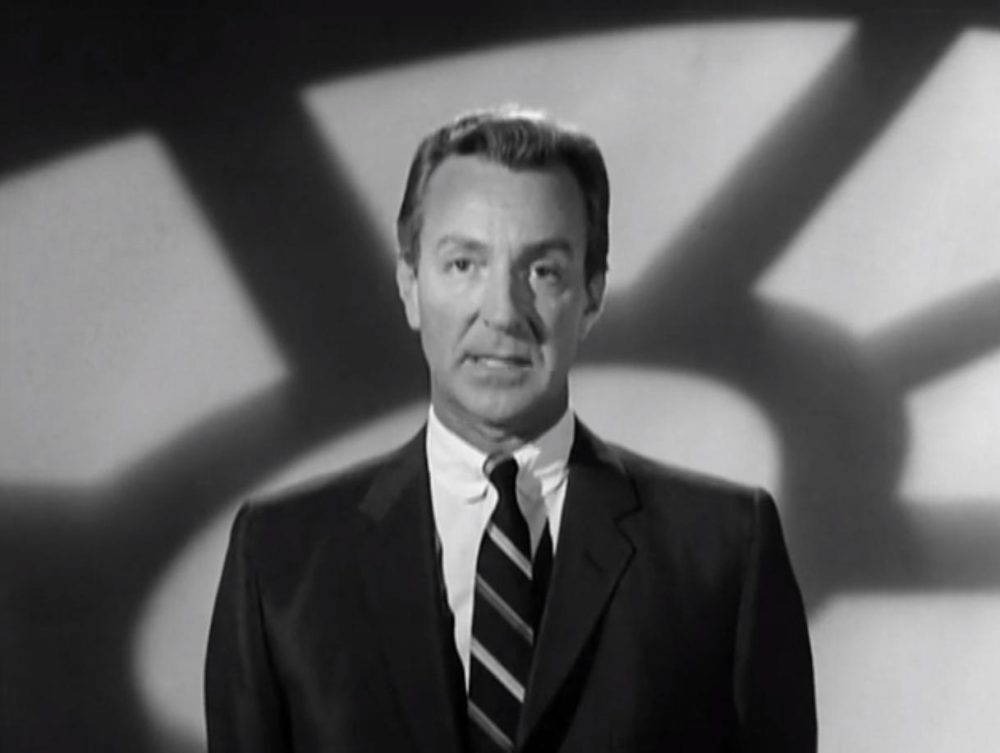
One Step Beyond premiered on the ABC network on January 20, 1959, and ran for three seasons. It was an anthology docudrama series that consisted of 30-minute episodes that dramatized recorded incidents of psychic occurrences, premonitions of death (a popular topic), natural disasters, and paranormal expressions of guilt.
Newland directed every single episode of the show, and he introduced, commented, and closed each episode with remarks on the “facts” concerning the cases in question. It was a really versatile show. On occasion, episodes would end with a brief interview with the person who claimed to have experienced the rare event. At other times, they would play out with a quick intro and outro from Newland with no interjections throughout. There were even episodes where Newland’s hosting duties were more involved, stepping in every few minutes to flesh out the characters and the situations they found themselves in. These ones felt more documentary than docudrama.
For instance, on episode 2 of season 1, titled “Night of April 14th,” a woman wakes up screaming after having nightmares of drowning. She’s a bride to be, which hints at the premonition being nothing other than wedding day jitters. One day, her fiancé comes to her with a surprise announcement. Their honeymoon is set. They will sail from England to New York City on the RMS Titanic. Suddenly, her dreams might not be so far-fetched.
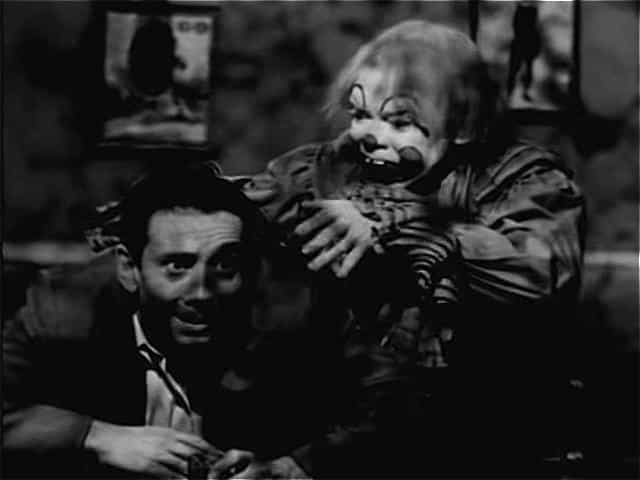
In “Tidalwave” (episode 1, season 3, 1960), a wheelchair-bound woman living in Honolulu is faced with the threat of a tsunami after a series of earthquakes are recorded. She hears the alert on the radio and the sirens outside as they call for evacuation. After a series of incidents that limit her movement, she starts praying for help. A deaf man hears her, helping her escape. The episode closes with Newland interviewing the woman in question, who swears on the veracity of her claims.
In “The Clown” (episode 17, season 2, 1960), a jealous man accidentally kills his wife after he thinks she’s flirting with a mute clown from a nearby carnival. The clown can’t communicate what really happened, but that doesn’t mean he can’t find some way to get justice for the woman. He takes to a kind of psychic projection, appearing behind the jealous husband every time he looks at himself in a mirror, his gloved hands extended and ready to strangle. This is one of the creepiest episodes in the series. Its clever use of perspective, violence, and guilt result in a unique tale that allows the clown figure to be a force of good rather than evil, something they rarely have a chance to be.
And then we have “The Sacred Mushroom,” episode 18 of season 3, which was broadcast on January 24, 1961. This is One Step Beyond’s holy grail. No dramatization here. Newland and a group of professors travel to Mexico to consume a rare mushroom that some claim unlocks the mind’s potential for psychic enhancement. Newland takes the mushroom himself and is then put through a series of tests to gauge the claims. He gets as high as a kite, commenting on how he can feel noise from pictures and how he can see a stampede of bursting colors through a blindfold. This episode encapsulates the show’s mission statement. The matter is taken seriously, with Newland telling the audience that it’s his turn to go one step beyond. And so, he does, trusting that his audience is made up of level-headed observers, and not gullible subjects.
John Newland and One Step Beyond became synonymous with each other, much like Serling did with The Twilight Zone. Like Serling, Newland was a straight shooter. He didn’t force a world view or insist you believe. He often opened his show by stating that even though what we were about to see was based on real testimony, the final say on whether it was true or not lay solely on the viewer. He invited belief, but he never demanded it. He posed questions, but he did not force or impose answers. There was no manipulation intended. It would go against good storytelling. Instead, Newland would simply ask people to think about each story so they could formulate their own opinions.
This is why this series deserves more attention, and why its legacy should be allowed to ring louder. It’s a masterclass in how to have smart conversations, even when the things discussed require a more flexible definition of reality.
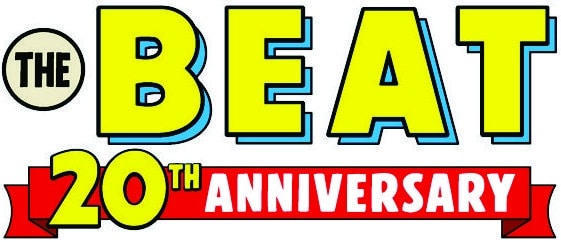

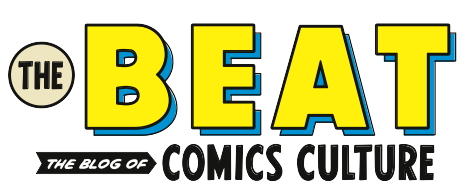
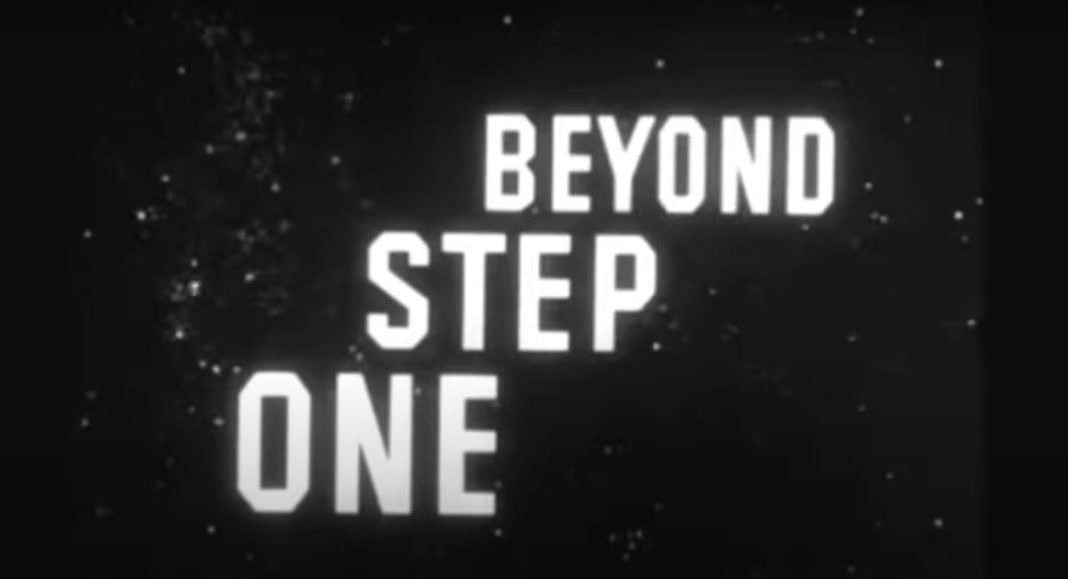
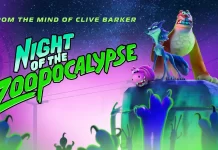







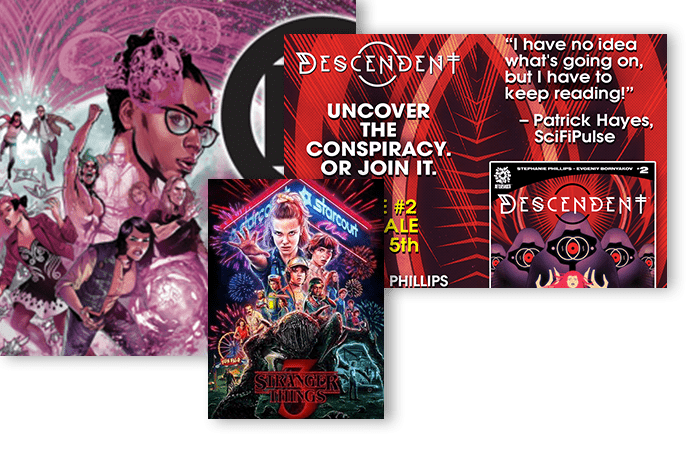
I recall this show as a kid. I’m sure my parents must have given me permission, as this was before my father got me a second-hand B&W set of my own. Unlike Twilight Zone I have no memory of episodes, but I do know that some caused nightmares.
Comments are closed.